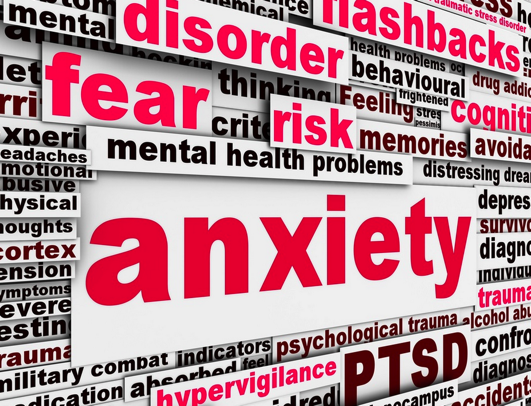Predicting Suicide | Improving outcomes in Mental Health

 Mental Health | When it comes to predicting suicide in at-risk young adults....
Mental Health | When it comes to predicting suicide in at-risk young adults....
....fluctuation and severity of depressive symptoms are better indicators than psychiatric diagnoses alone, according to a study published online in JAMA Psychiatry.
“Our findings suggest that when treating patients, clinicians must pay particular attention to the severity of current and past depressive symptoms and try to reduce their severity and fluctuations to decrease suicide risk,” said senior author Nadine Melhem, PhD, associate professor of psychiatry at the University of Pittsburgh School of Medicine and a researcher at UPMC Western Psychiatric Hospital in Pittsburgh, Pennsylvania.
Dr. Melhem and colleagues came to their findings after following 663 offspring of parents with mood disorders for 12 years. Yearly evaluations assessed participants’ psychiatric diagnoses, depressive symptoms, hopelessness, irritability, impulsivity, aggression, and impulsive aggression.
Over the course of the study, 10.7% of participants attempted suicide.
Having severe depressive symptoms that fluctuated highly over time was the most accurate factor that predicted suicidal behavior, researchers reported. Additional predictors were being age 30 or younger, mood disorders, childhood abuse, and a personal and parent history of suicide attempts.
 The researchers used the findings to develop a predictive risk score that signals a higher risk for suicidal behavior. In the study population, the predictive risk score was 87% sensitive. Researchers now plan to test and replicate the model in other populations and, if possible, improve its accuracy with objective biological markers.
The researchers used the findings to develop a predictive risk score that signals a higher risk for suicidal behavior. In the study population, the predictive risk score was 87% sensitive. Researchers now plan to test and replicate the model in other populations and, if possible, improve its accuracy with objective biological markers.“The predictive risk score is a valuable addition to the physician’s toolkit to help predict suicide risk in high-risk individuals,” said Dr. Melhem, “and it can be done at little cost because the information needed is already being collected as part of standard evaluations.”


